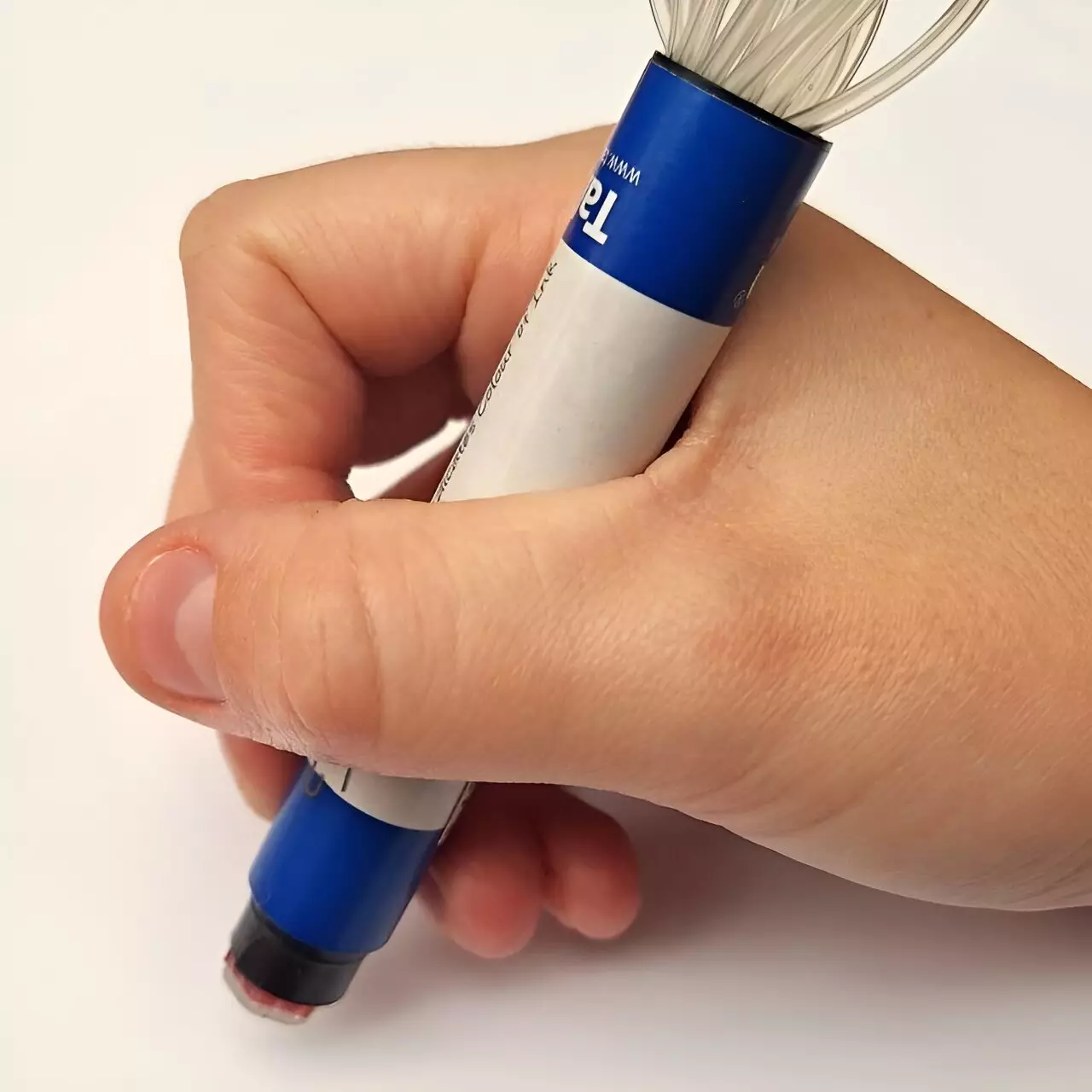The quest for inclusivity in communication has led to groundbreaking advancements in technology, particularly for visually impaired individuals. Researchers at the University of Bristol have developed an innovative device known as Braille-tip, a pen-like tool capable of converting Braille into English text. This new creation aims to counteract the troubling decline in Braille literacy, a phenomenon frequently discussed yet insufficiently addressed. Despite the acknowledged benefits of Braille, many visually impaired individuals report a desire to learn but find themselves hindered by inadequate resources and instructional materials, particularly in less urbanized regions. The development of such tools represents a significant step forward in making Braille education more accessible and effective.
The Challenge of Declining Braille Literacy
Braille literacy has become increasingly challenged in recent years. The National Federation of the Blind notes a decrease in the number of visually impaired people learning Braille, often attributing this decline to a scarcity of educational resources and an overwhelming reliance on technology. While assistive technologies, such as screen readers, offer alternatives, they do not provide the tactile experience crucial for fully grasping the nuances of Braille. Consequently, the evolution of teaching methods and tools to better support prospective Braille learners is essential.
The Braille-tip device is engineered with a one-centimeter sensor featuring 19 channels that are adept at detecting the unique raised dots characterizing Braille. In early tests, this compact, soft tactile sensor has exhibited impressive accuracy, achieving an 84.5% success rate for reading Braille passages aloud. The device operates using fluid channels that facilitate the transmission of information from its tactile surface to an integrated camera, which processes the input in real-time without the necessity for extensive training protocols. This makes the Braille-tip both user-friendly and adaptable, ensuring it can be fine-tuned to support various tactile sensor formats effectively.
One of the primary goals behind the development of Braille-tip is to empower visually impaired individuals to learn Braille independently. Lead researcher Dr. George Jenkinson emphasizes that this tool is designed to promote self-sufficiency, enabling users to practice reading Braille without the constant assistance of a teacher or guide. The device mimics the function of a leading finger typically employed in advanced reading techniques, allowing learners to navigate text more fluidly and confidently. This can foster a deeper engagement with Braille, encouraging its adoption as a valuable communication medium.
Looking ahead, the research team envisions extending the Braille-tip’s capabilities, enhancing its usability for learners. Dr. Jenkinson points out the importance of user feedback in the development process, advocating for a co-design methodology that actively involves potential users in the testing phase. By incorporating user insights, the device can more effectively address real-world challenges and usability issues. Encouragingly, pilot studies suggest that the accuracy of the Braille-tip could improve significantly with further refinements, potentially reaching near-perfect performance with optimized design.
Broader Implications for Accessibility
Beyond just supporting individual learning, a device like the Braille-tip holds broader implications for increasing accessibility in public spaces. Braille is commonly integrated into signage in transport hubs, elevators, and ATMs to ensure inclusivity. A tool capable of interpreting Braille in these environments would not only assist those who are visually impaired but also bridge the gap for individuals who may not have learned Braille, expanding their ability to navigate public spaces autonomously. Such advancements could significantly enhance the quality of life for countless individuals, reinforcing the essential principles of equality and access.
The introduction of the Braille-tip marks a pivotal moment in the efforts to revive and enhance Braille literacy. With its unique blend of advanced technology and user-centric design, this innovative device holds the promise of making Braille education more accessible and interactive. As researchers refine this tool and engage with users, the vision of a world where visually impaired individuals can confidently read and write Braille becomes increasingly attainable, fostering a more inclusive society for everyone.


Leave a Reply